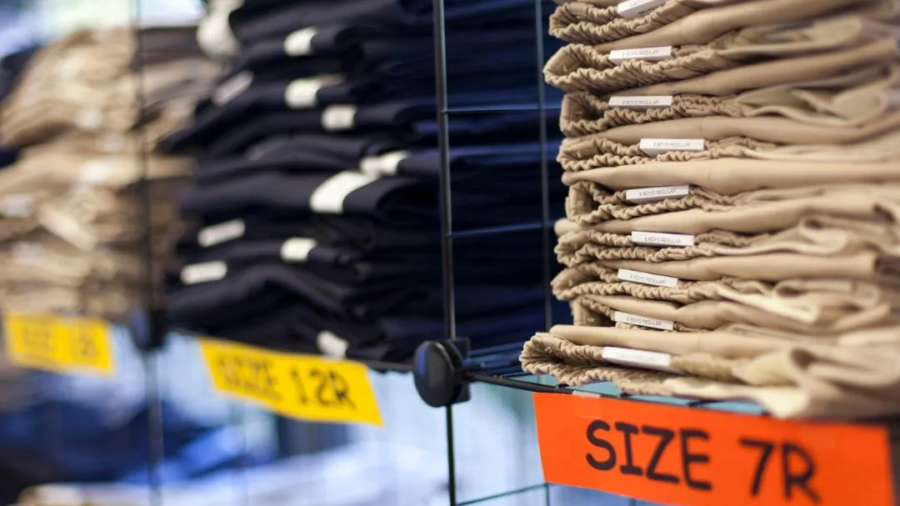Ordering customized uniforms in bulk is a smart move for businesses that want to maintain consistency, promote branding, and save time on procurement. However, without the right approach, it can quickly become expensive. Whether you’re sourcing uniforms for industrial staff, hospitality teams, or office employees, cost efficiency matters.
Tips to Reduce Costs While Ordering Custom Uniforms in Bulk
In this blog, we’ll break down practical strategies to reduce costs while ordering customized uniforms in bulk—without compromising on quality.
1. Finalize Your Design Before Ordering
One of the most common cost mistakes is changing the design mid-process. Each revision—whether it’s a color, logo size, or fabric type—can lead to:
- Wasted samples
- Redesign fees
- Delayed production
To avoid this, finalize your branding elements, embroidery style, and garment cut before placing the order. Some uniform manufacturers even offer pre-production mockups or digital previews to help you make better decisions upfront.
2. Order in Larger Quantities
It might sound obvious, but higher volume = lower cost per piece. Most suppliers provide tiered pricing based on order size:
- 50–100 pieces: standard rate
- 100–500 pieces: discounted
- 500+ pieces: best rate
If possible, consolidate orders across departments (e.g., front office, housekeeping, logistics) into a single batch to unlock bulk pricing and reduce overall expenses.
3. Choose Standardized Sizes and Fits
Custom sizing for each employee can increase both cost and production time. Instead:
- Opt for standard sizes (S, M, L, XL)
- Provide a size chart to staff in advance
- Keep extra stock in popular sizes
This also simplifies future reorders, especially for new hires or replacements.
4. Use Cost-Effective Fabric Options
Not all uniforms need premium fabric. For example:
- Poly-cotton blends are affordable, durable, and easy to wash
- Microfiber works well for housekeeping or kitchen staff
- Standard cotton is a budget-friendly choice for office wear
Talk to your supplier about low-cost, high-performance alternatives. A good uniform manufacturer or other industrial hubs can help you balance quality and budget depending on the work environment.
5. Limit Color Variations
Each color variant adds complexity to printing, dyeing, and embroidery processes. To reduce production costs:
- Stick to one or two brand-approved colors
- Use contrast trims or stitching instead of separate fabric panels
- Avoid frequent changes between color options for different teams
Fewer variations streamline manufacturing and reduce leftover inventory waste.
6. Simplify the Branding Elements
Embroidery and screen printing prices are often calculated by:
- The number of colors
- The size of the logo
- The number of placements (chest, sleeve, back, etc.)
To cut costs:
- Use one-color logos where possible
- Keep branding limited to one or two positions
- Opt for printed labels instead of woven patches
Minimalistic branding also gives the uniform a more polished, professional look.
7. Plan Ahead to Avoid Rush Charges
Urgent orders usually come with a premium price tag. Manufacturers may charge:
- Express processing fees
- Air shipping costs
- Overtime labor costs
Avoid this by planning orders at least 4–6 weeks in advance, especially during peak seasons like school re-openings or festival periods.
8. Consider Seasonal Uniform Packages
For businesses that need uniforms year-round (e.g., hospitality or security), bundle your summer and winter uniforms into one large order. This helps:
- Reduce per-unit pricing
- Avoid double logistic costs
- Maintain consistency across the year
Some suppliers offer seasonal contracts or annual deals if you commit to bulk orders upfront.
9. Negotiate Long-Term Supply Agreements
If you’re going to need uniforms regularly, build a relationship with your supplier. Negotiating a long-term agreement can give you:
- Better pricing
- Faster delivery
- Priority support
- Consistency in materials and color matching
Partnering with a reliable hotel uniform manufacturer or corporate uniform supplier ensures smoother operations and better cost control.
10. Compare Multiple Suppliers
Don’t settle for the first quote. Get estimates from at least 3–5 uniform manufacturers, especially those with bulk-handling experience. Compare:
- Unit price
- Customization capabilities
- Delivery time
- After-sales support
Sometimes, working with regional players like uniform manufacturers in Mumbai can offer competitive pricing due to proximity, lower shipping costs, and local fabric sourcing.
Conclusion: Smart Planning Saves You Thousands
Bulk uniform ordering doesn’t have to break the bank. By standardizing styles, simplifying branding, consolidating orders, and working with experienced suppliers, your business can significantly reduce uniform costs while still maintaining brand identity and staff comfort.










